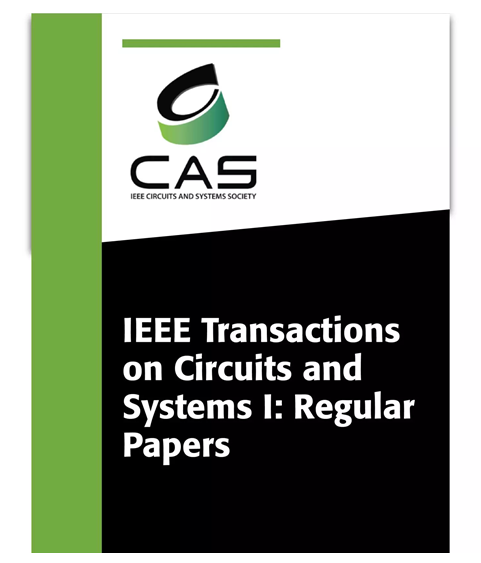考虑寄生电感和温度效应的半桥电路中快速开关 GaN HEMT 的开关损耗模型
IF 5.2
1区 工程技术
Q1 ENGINEERING, ELECTRICAL & ELECTRONIC
IEEE Transactions on Circuits and Systems I: Regular Papers
Pub Date : 2024-10-28
DOI:10.1109/TCSI.2024.3480951
引用次数: 0
摘要
在利用 GaN HEMT 实现开关频率较高的功率转换应用中,功率损耗的主要来源是开关,而由于快速开关操作,开关损耗对寄生参数尤为敏感。传统的开关损耗计算方法在应用于包含氮化镓 HEMT 的设计和各种工作条件时表现出不一致性。因此,迫切需要更精确的方法来估算 GaN HEMT 的开关损耗。本文介绍了两种不同的开关损耗计算模型,既有经验公式,也有分析模型。这些模型考虑了临界寄生电感和结温的影响。这两种计算方法与实验结果的对比分析证明了它们的有效性。此外,还评估了功率回路寄生电感、共源电感和结温等非理想因素的影响。本文章由计算机程序翻译,如有差异,请以英文原文为准。
Switching Loss Model for Fast-Switching GaN HEMT in Half-Bridge Circuit Considering Parasitic Inductance and Temperature Effect
In power conversion applications utilizing GaN HEMTs at elevated switching frequencies, the predominant source of power loss is attributed to switching, which becomes particularly sensitive to parasitic parameters due to the rapid switching operation. Traditional methods of calculating switching loss have exhibited inconsistencies when applied to designs incorporating GaN HEMTs and various operational conditions. Consequently, there is a pressing need for more precise methods to estimate switching loss in GaN HEMTs. This paper introduces two distinct switching loss calculation models, presented both as empirical formulas and analytical models. These models take into account the influence of critical parasitic inductances and junction temperature. The comparative analysis of these two calculation methods with the experimental results is provided to demonstrate their efficacy. Furthermore, the impact of nonideal factors, such as power loop parasitic inductance, common-source inductance, and junction temperature, is assessed.
求助全文
通过发布文献求助,成功后即可免费获取论文全文。
去求助
来源期刊
CiteScore
9.80
自引率
11.80%
发文量
441
审稿时长
2 months
期刊介绍:
TCAS I publishes regular papers in the field specified by the theory, analysis, design, and practical implementations of circuits, and the application of circuit techniques to systems and to signal processing. Included is the whole spectrum from basic scientific theory to industrial applications. The field of interest covered includes: - Circuits: Analog, Digital and Mixed Signal Circuits and Systems - Nonlinear Circuits and Systems, Integrated Sensors, MEMS and Systems on Chip, Nanoscale Circuits and Systems, Optoelectronic - Circuits and Systems, Power Electronics and Systems - Software for Analog-and-Logic Circuits and Systems - Control aspects of Circuits and Systems.

 求助内容:
求助内容: 应助结果提醒方式:
应助结果提醒方式:


